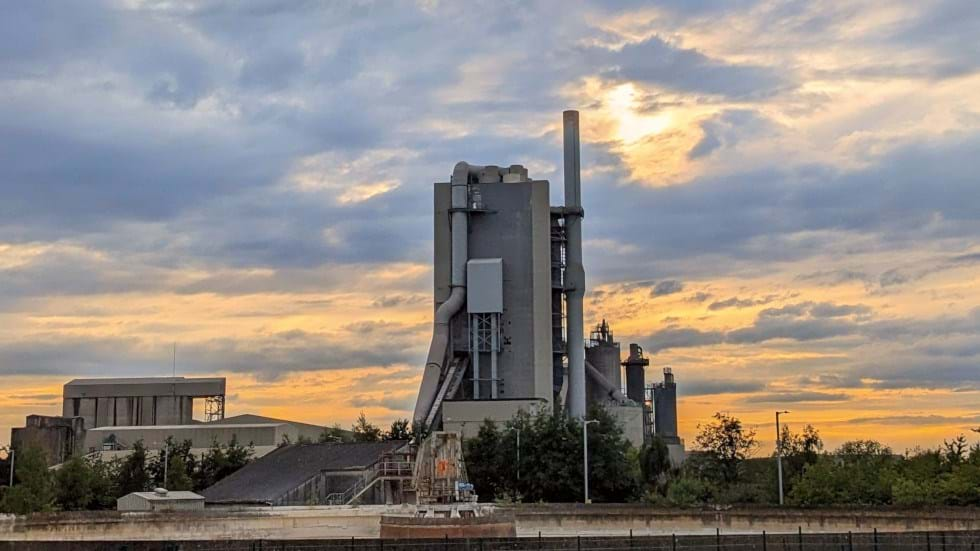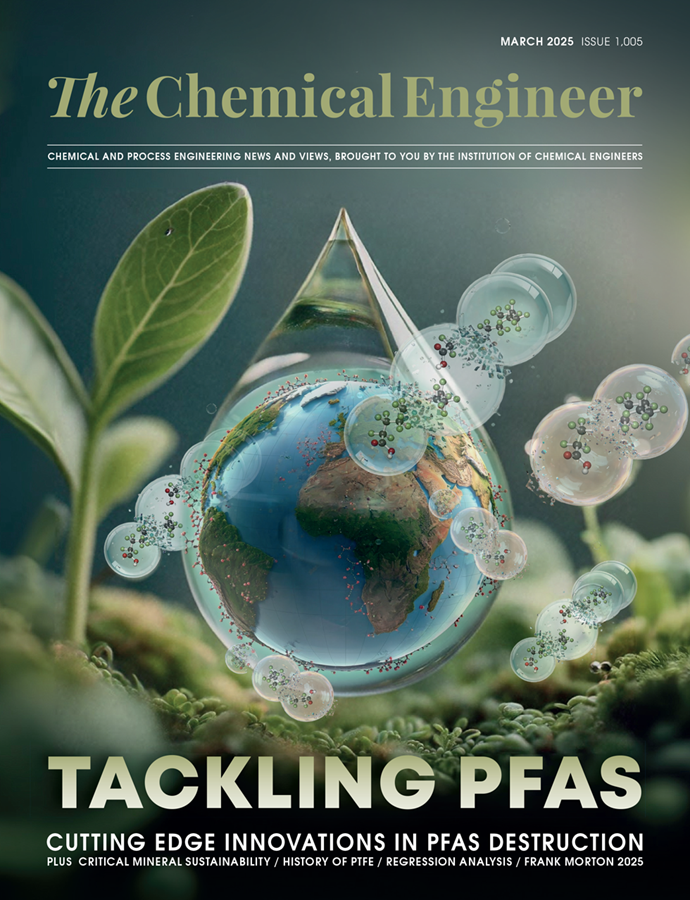Cemex to install world-first hydrogen process at UK plant

Rugby cement plant will integrate Hiiroc-developed industrial heat unit
CEMEX is set to trial a process developed by Hiiroc that uses plasma to produce hydrogen for greener industrial heat at its cement plant in Rugby, UK.
Cemex is finalising contract details with UK-based process developer Hiiroc and expects to start engineering studies early next year with hydrogen production set for a “hard deadline” of January 2026. The cement major thinks the process is a better bet for producing hydrogen than water electrolysis because it requires 80% less electricity and wins out over steam methane reforming because it doesn’t produce CO2.
How does the Hiiroc process work?
Hiiroc’s continuous thermal plasma electrolysis process sees hydrocarbons pass through 50 kW plasma torches where an electric field splits them into hydrogen and carbon. In a second chamber, the carbon is quenched into solid carbon black and passes to a third chamber for separation. Hiiroc says that by vaporising the carbon it eliminates sooting which hinders other methane pyrolysis processes.
The process is containerised and modular. It can be plugged directly into the gas grid and turned on and off to produce hydrogen when and where it’s required, eliminating the need for costly and hazardous hydrogen transport or storage.
“We’re thinking of Hiiroc more like a plug and play solution,” said Alfredo Carrato, innovation advisor at Cemex Ventures. Cemex has a minority stake in Hiiroc, which has also received investment from Centrica, Hyundai, and Kia.
Carrato expects the changes required to integrate the process at the Rugby plant to be minimal. One or two of Hiiroc’s containerised process units will be plugged into the grid and pipes installed to carry hydrogen to the existing kiln where a new burner will be installed to combust the hydrogen producing heat to convert limestone to clinker.
Asked about the engineering challenges faced, Carrato said that he’s eager for the trial to discover the optimal hydrogen input. Rugby won’t become 100% hydrogen fuelled. Instead, the project’s engineers will work to find a “sweet spot” that allows operators to reduce fossil fuel input and dramatically increase the use of lower calorific alternative fuels. In 2022, the Rugby plant became the first in the Cemex fleet to house a facility producing so-called Climafuel from household residual and commercial waste. Carrato declined to give specific figures on what proportion of Rugby’s fuel could be replaced by hydrogen.
“The absolute numbers are a bit sensitive but what I can say is that if we were to implement this at a large scale, we believe that our sweet spot would be having a reduction in our carbon footprint of over 50% in fuel-related emissions.”
The company chose to house the project in Rugby because the Hiiroc team is based just three hours away in Hull and the plant’s size is representative in case Cemex wants to replicate elsewhere.
This article is adapted from an earlier online version.
Recent Editions
Catch up on the latest news, views and jobs from The Chemical Engineer. Below are the four latest issues. View a wider selection of the archive from within the Magazine section of this site.




